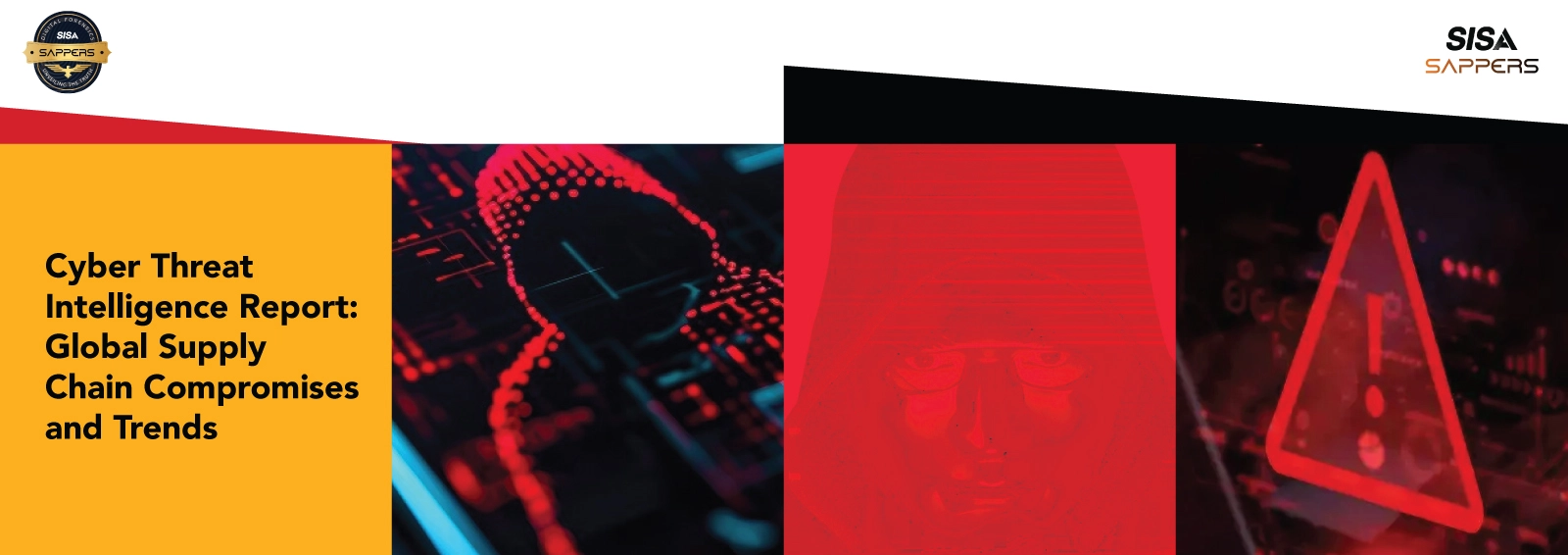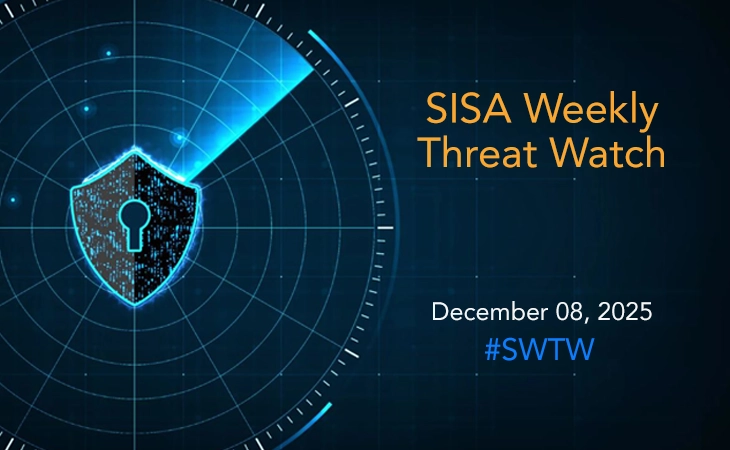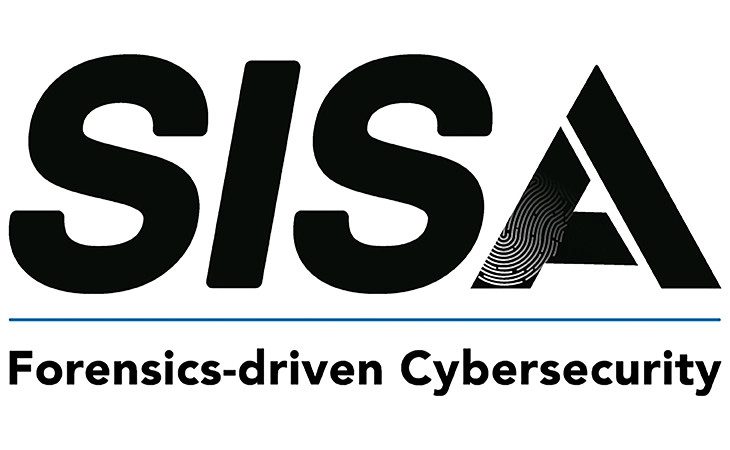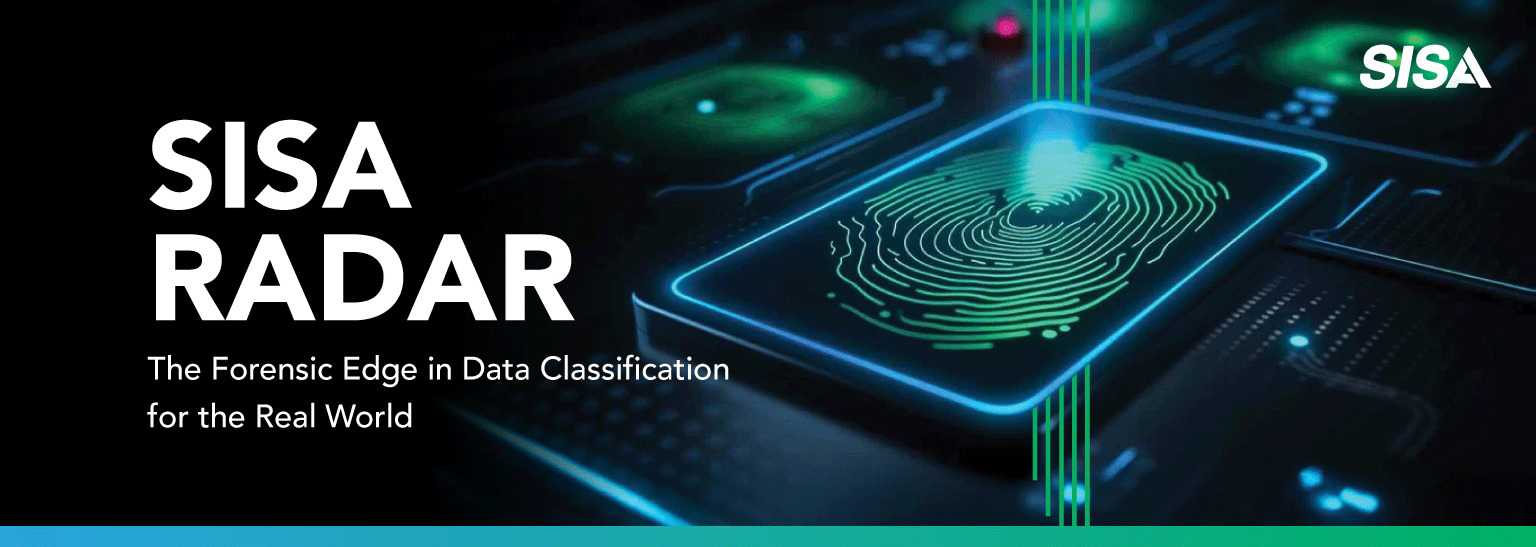Home » Unified Audits: Why Most Fail in Execution and How to Get Them Right
Unified Audits: Why Most Fail in Execution and How to Get Them Right
Share on
The rising regulatory burden arising from sector-specific mandates such as HIPAA for healthcare, PCI DSS for payments and country-specific regulations on data security and privacy such as GDPR in Europe and DPDP Act in India, is forcing organizations to battle control fatigue and compliance fragmentation. This is also triggering a rethink of governance itself. Many regimes still operate in silos – privacy, payments, operational resilience, with limited cross-talk, pushing organizations to become their own integrators, and build internal data governance models that transcend regulatory silos. Enterprises are now considering consolidating assessments and controls to reduce the operational burden. This is where unified audit comes into picture. Many multinationals are building compliance programs around core principles like accountability, data minimization, breach notification and demonstrable risk management, then overlaying local obligations.
Building an internal unified control framework is not only viable but essential for mature organizations that aim for sustainable, scalable compliance. However, the path to achieving this is layered with operational challenges. Organizations that succeed typically start with a risk-based control library aligned with globally accepted frameworks such as ISO/IEC 27001 for security controls, GDPR Articles for privacy compliance and NIST CSF for federal and critical infrastructure environments. But where most attempts stumble is in execution, with key pitfalls being:
- Superficial mapping without context: Many organizations rely on high-level mapping templates, assuming control A in ISO is equivalent to control B in SOC 2. But the intent and audit evidence required for each are often different. Without understanding control objectives and assurance levels, the mapping fails.
- Lack of stakeholder alignment: Unified security audits require buy-in across security, privacy, legal, DevOps, and compliance teams. If the effort remains siloed within one team, it rarely succeeds.
- Tooling limitations: Many rely on static spreadsheets or legacy GRC tools that can’t scale to manage complex mappings or control testing workflows. A successful unified framework demands automation, real-time evidence tracking, and reusability of evidence.
- No common risk language: You can’t unify audits if you haven’t unified how risk is accessed and communicated. Without a shared risk taxonomy such as the one in ISO 27005 or FAIR, the framework quickly becomes fragmented.
- Legacy infrastructure: Legacy systems often lack the telemetry, automation and integration needed to support real-time compliance monitoring. Secondly, they do not generate logs in modern formats, can’t easily integrate with SIEMs or compliance tools and often require manual checks for control validation. This creates visibility gaps, makes evidence collection inconsistent and disrupts any efforts to centralize and automate audit processes.
Unified audit is achievable, but it’s not a copy-paste exercise. It requires an understanding that harmonization is more than compliance, it’s a business enabler. What organizations really need to solve for is control maturity and risk alignment. That means, knowing which risks matter most, which controls mitigate them and how to monitor those controls effectively. It isn’t about choosing one over the other, but about making them work together for a resilient, risk-aware business.
In practice, regulatory divergence is here to stay, at least for the foreseeable future. However, operational harmonization through unified audits is possible. That’s where the industry is heading. While regulators may eventually move towards unified, risk-aligned models, in the interim they can facilitate organizations to accelerate the journey to unified audits and simplify it through actions that include:
- Promoting interoperable standards.Regulators could endorse common baseline frameworks like ISO 27001, SOC 2 or PCI DSS as presumptive evidence of good security. That would let businesses align once and comply many times.
- Standardizing reporting expectations.Today, incident notification rules vary wildly from 72 hours under GDPR to “immediate” under certain financial regimes. A consistent global playbook would reduce confusion during already stressful breach situations.
- Encouraging risk-based compliance, not checkbox driven.Many audits still get bogged down in trivial things, while real threats lurk elsewhere. If regulators pushed more dynamic risk assessments tied to actual threat landscapes, we would see compliance investments flow to where they matter most.
 USA
USA India
India APAC
APAC Middle East
Middle East Global
Global


 Facebook
Facebook Linkedin
Linkedin  X
X Youtube
Youtube






